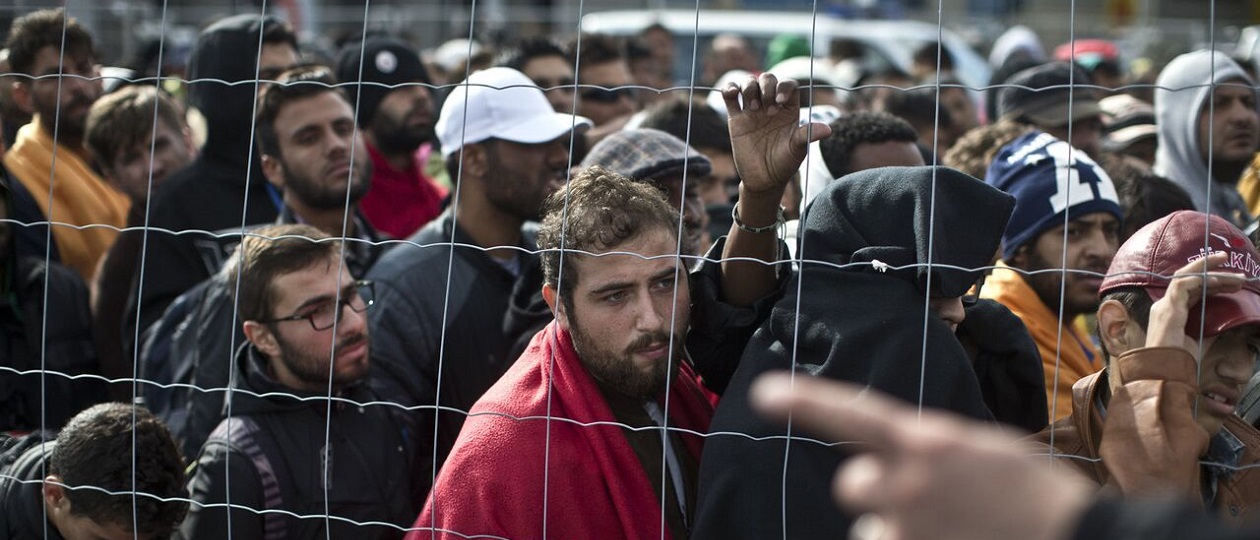
The clash of different cultures always gives rise to conflict, which has various forms and consequences.
Large-scale industrialization and associated urbanization in the USSR led to a massive migration of people from the countryside to the cities. Despite the fact that this process lasted for decades, overall it went quite quickly.
While in 1917 about 15% of the total population lived in cities, by 1955 its share exceeded 50%, reaching approximately 73% in 1992.
During this time, dozens and hundreds of new cities appeared. Migration also radically changed the appearance of the old ones.
The rapid change in the demographic picture in cities could not but give rise to conflicts between the “old” citizens and the new ones and the new ones among themselves.
Depending on the location, such conflicts had different forms, severity and duration. The collapse of the USSR and the emergence of the Russian Federation as a sovereign state with a market economic model gave impetus to new waves of migration. Including the one that can be called “criminal”.
Many residents of villages and small towns began to go to megacities not only to work and study, but also to purposefully participate in criminal activities. Moscow and St. Petersburg felt this especially acutely.
Active migration processes in modern Russia continue, but they have a different character. If previously residents of the surrounding rural areas usually moved to Russian cities, now there is a massive influx of foreign citizens, some of whom are seeking to acquire Russian citizenship. A significant portion of these people speak Russian quite poorly and adhere to cultural values that are radically different from the local ones.
In this regard, the study of the genesis of the “urban conflict” is of undoubted relevance. A significant number of various scientific works have been written on this topic, which no one except specialists and those interested will ever read.
In 2020, Robert Garayev’s book “The Boy’s Word” Criminal Tatarstan 1970-2010s” was published.
In it the question of the genesis of the “urban conflict” was raised. I must say that the author saw the essence of the problem quite well and was able to present it quite accurately.
This is what Garayev himself writes:
“The post-war urbanization of Kazan and its rapid industrial growth led to the fact that many villagers came to the city.
The first generation of those who arrived performed basic tasks — they tried to survive, to find their place. The first generation of migrants always tries to adapt to new conditions, to fit into them without giving themselves away.
The second already considers itself here, but at the genetic level carries old habits and values. Division of territories, control over one’s land is a typical rural, peasant mentality. Fist fights too.
The outcast who came to the city felt like a pioneer, a conqueror of the “concrete jungle” that he had to master, defeating a host of imaginary enemies. Suspicious and angry, rootless, humiliated by the need to demonstrate unusual intensity and form of efforts to survive, such a person was extremely socially dangerous and aggressive. Naturally, he sought not so much to take possession of a past alien to him, but rather to destroy it to the ground.”
Thus, the genesis of the “urban conflict” fits into the following three-stage scheme. Arrival — adaptation to new conditions — the desire to capture the environment and reformat it for oneself. It must be said that not all visitors are aimed at the third stage. Some of them sincerely strive to join the existing urban culture, abandon their previous identity and embrace a new one.
However, practice shows that this is a very insignificant part. The majority strive to create comfortable conditions for themselves or their group.
Cultural and linguistic differences from the local population in this case are one of the factors contributing to unification, which, unfortunately, can easily turn into opposition to the surrounding society and conflict.
This is a rather serious challenge to the state and society, translating the issue into the plane of their ability to give an adequate and timely response to it, stopping emerging threats.





